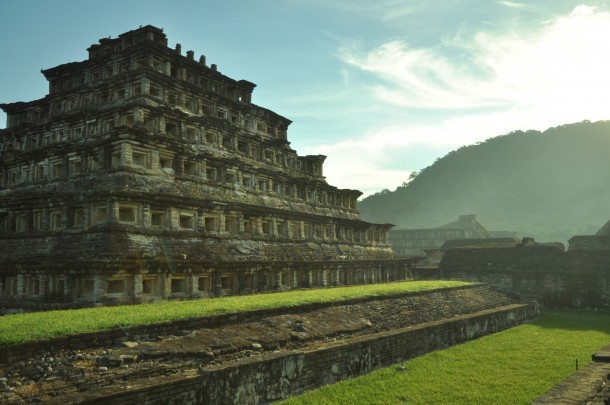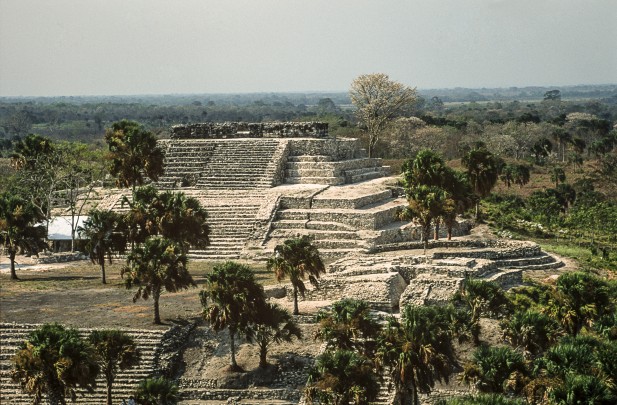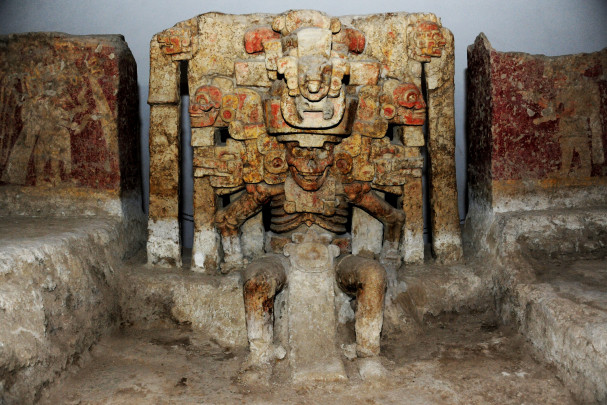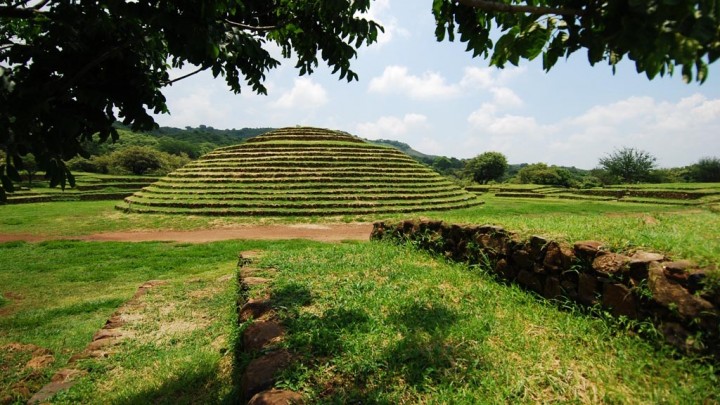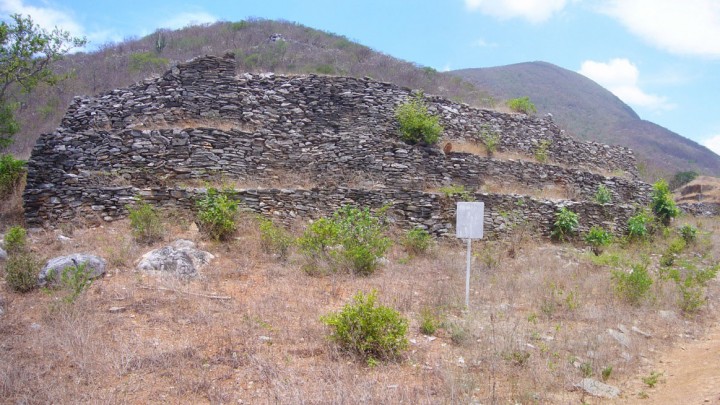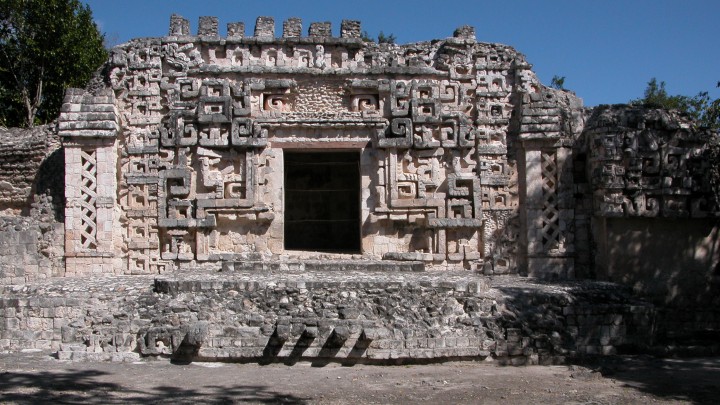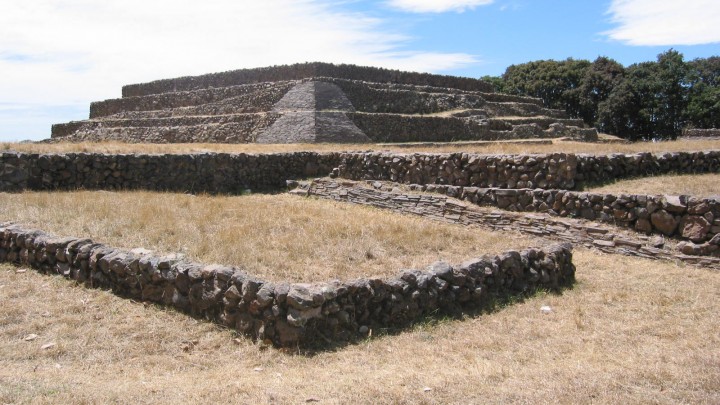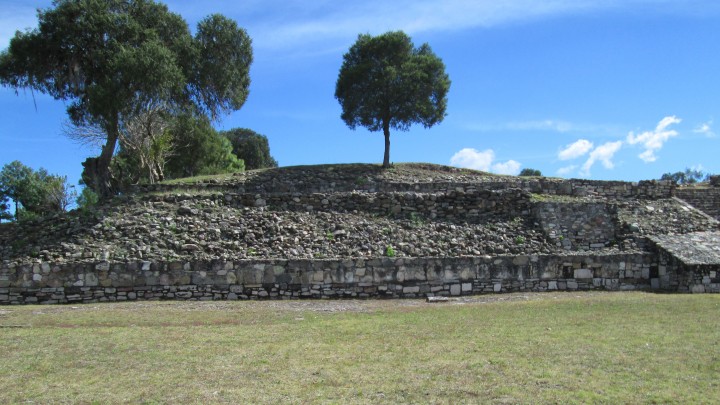189 Sites
A majestic site with wide open spaces, numerous ballcourts and bas-reliefs, and particularly impressive for the Pyramid of the Niches, with its 365 niches, El Tajín has long been a source of fascination to specialists in Mesoamerican calendar systems and world view.
Veracruz
Capital of the province of Acalán, also known as Itzamkanac, El Tigre is situated on the banks of the river Candelaria and was renowned for its trading activity. Notable is the ceremonial center with the large stucco masks. It is believed that Hernán Cortés executed Cuauhtémoc here.
Campeche
In rocky shelters of the Sierra de Juárez, there are numerous examples of cave paintings: geometric figures, zoomorphic and anthropomorphic designs appear on the walls. During the winter solstice, a ray of light enters the cave and lights up the eyes of an image known as El Diablito (Little Devil).
Baja California
Mictlantecuhtli, the great lord of death (the other life), was the patron of the ancient Totonac city. The site museum’s most prized item is the sole unfired clay sculpture with stucco and the remains of paint in Mesoamerica. To this are added funerary offerings and ceramic figures of the very highest quality.
Veracruz
A ninety-minute drive from Guadalajara, in the region surrounding the Tequila Volcano, this was one of the most important sites in the west of Mesoamerica. Notable for its urban layout, original architecture with conical structures, broad staircases and circular elevated platforms.
Jalisco
It is believed to have been a fortress for defense against hostile groups, and at the time of the Conquest it was a Mixtec administrative center.
Oaxaca
The elaborate Maya decoration causes a sense of wonder with features such as the facade of the Main Palace, where the entrance is an enormous mask of open jaws and fangs at either side, in the shape of a monstrous mouth.
Campeche
This important Otomi settlement was built in the upper part of the plateau of San Miguel which was a perfect site for monitoring movements in the valley of Acambay, or Los Espejos, in the State of Mexico.
Estado de México
One of the main urban centers of the Mixtec culture, outstanding for its monumental architecture and sculpture, carvings with calendar signs and a ballcourt related to a ritual which often culminated in human sacrifice.
Oaxaca

